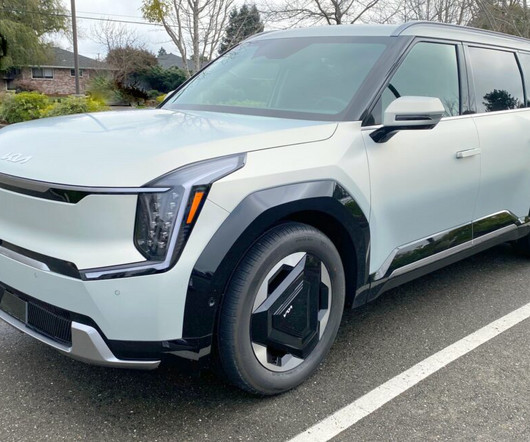The Complex Calculus of Clean Energy and Zero Emissions
Cars That Think
NOVEMBER 20, 2023
Jenkins has also helped push Congress to think more seriously about the power grid, releasing a report last year that showed that much of the 43 percent emissions reduction expected by 2030 would be squandered if the United States doesn’t double the pace of transmission upgrades. power-grid transmission.












Let's personalize your content